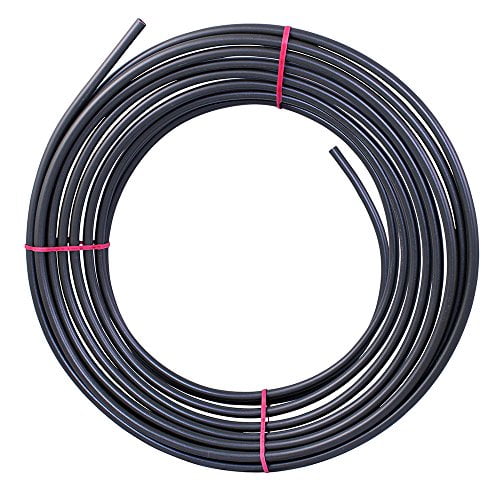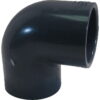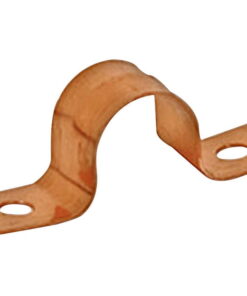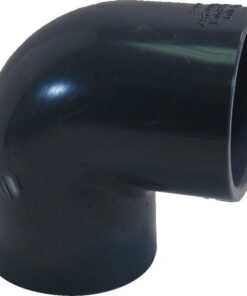4LifetimeLines – 5/16′ x 25′ – PVF-coated Steel Brake Line Tubing Coil
$10.79
842 in stock
SKU: IJ4MI6C89XL5EDHG
Category: Pipes and Fittings
Tags: Brake Line, Brake Line Tubing, Line Tubing, Line Tubing Coil, Steel Brake, Steel Brake Line, Tubing Coil
PVF (polyvinyl chloride) is a polymer that in many ways is very similar to PVC. It’s used to coat fuel lines because of its resistance to a wide variety of corrosive agents. Not only is it immune to damage from moisture, it can also come into prolonged contact with oil, gas, and a variety of chemical compounds without deteriorating. This makes it an ideal coating for a fuel or transmission line.
- PVF-coated, copper-brazed, double-walled, steel tubing coils provide an easy to work with and long-lasting brake line replacement option for professionals and do-it-yourselfers.
- Providing an extra layer of corrosion protection due to its poly-vinyl fluorine topcoat, PVF-coating tubing has become the standard for many OEM’
- The PVF topcoat is an extremely durable ‘plastic’ that is cured onto the top of the galvanized steel. This extra layer of protection from corrosion, debris, and road surfacing solutions makes it the easy choice for harsh environments.
- Steel-brazing and double-wall construction make the tubing easy to bend and install without kinking. The tubing meets SAE J527 and all international and U.S. requirements for use in hydraulic braking systems, fuel systems, and transmission systems
- The PVF-coating offers 30 times the corrosion resistance of standard galvanized steel tubing. PVF-coated lines can be found on Volkswagen, Audi, Honda, Toyota, and Mercedes. PVF-coated tubing should be used where snow and ice on roads call for corrosive road treatments and/or salt to be used. PVF-coated tubing should also be used when the life-span of the line is critical; such as on commercial vehicles
| Weight | 1 lbs |
|---|---|
| Dimensions | 1 × 1 × 1 in |
Be the first to review “4LifetimeLines – 5/16′ x 25′ – PVF-coated Steel Brake Line Tubing Coil” Cancel reply
Related products
Pipes and Fittings
$7.52
Pipes and Fittings
$7.87





Reviews
There are no reviews yet.